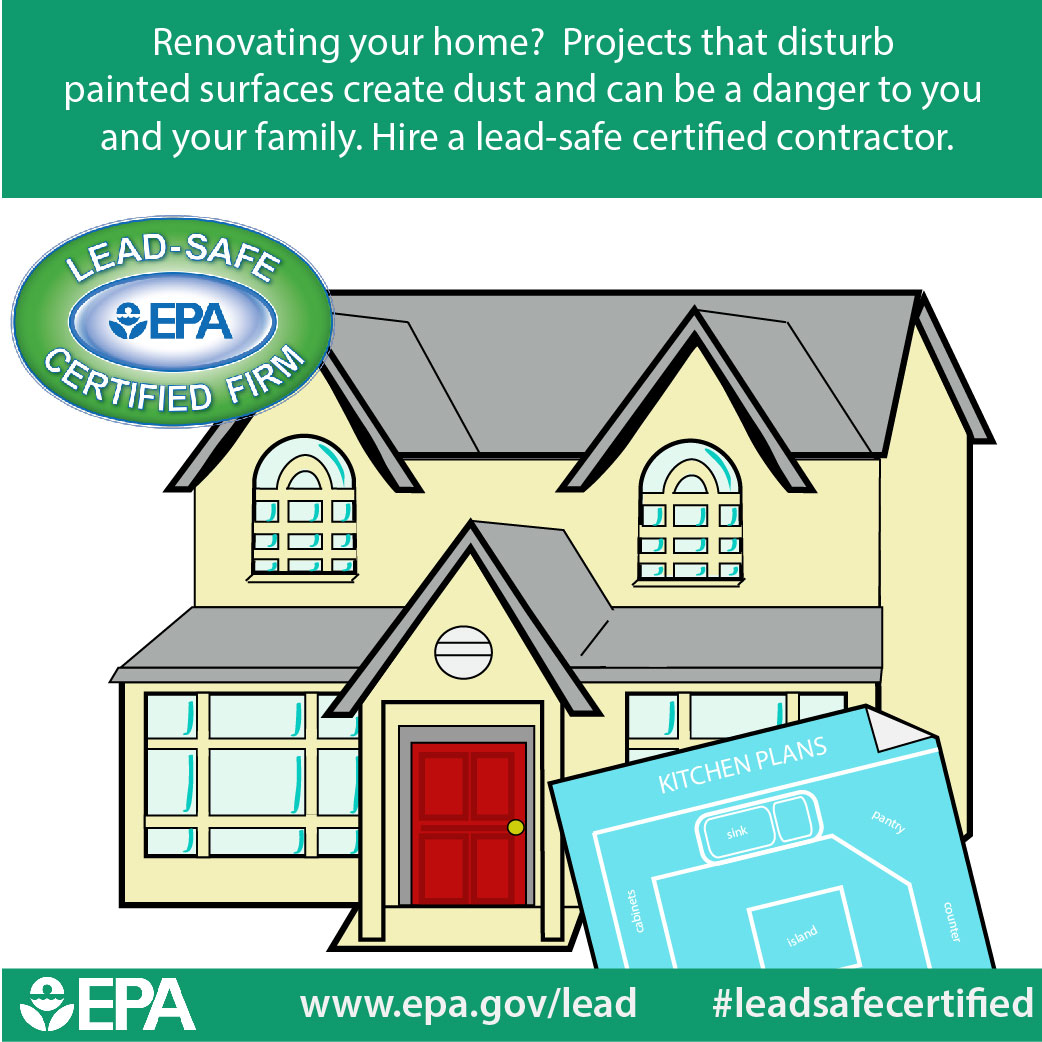Recognizing The Differences Between Exterior And Interior Paint: Secret Qualities And Uses
Recognizing The Differences Between Exterior And Interior Paint: Secret Qualities And Uses
Blog Article
Web Content Author-Fisker Schmitt
When you're selecting in between interior and exterior paint, it's vital to comprehend their fundamental distinctions that impact both efficiency and visual appeals. Inside paints are crafted for lower VOC levels and smoother coatings, making them optimal for indoor spaces, while outside paints are made to sustain harsh weather and UV exposure. Each type offers a distinctive function, but recognizing when to use one over the other can significantly affect your job's outcome. So, what variables should you take into consideration when making your selection?
Make-up and Solution
When picking in between exterior and interior paint, comprehending their structure and solution is critical. Inside paints normally have a reduced quantity of volatile natural compounds (VOCs), making them much safer for interior air quality. You'll discover they typically have a smoother finish, which enhances their ability to resist spots and permits less complicated cleaning. They're developed to withstand the rigors of indoor atmospheres, consisting of varying moisture levels and temperature level variations.
On the other hand, exterior paints are formulated to withstand harsher problems. They usually have higher levels of pigments and ingredients to stand up to fading from UV rays, in addition to to stop mildew and mold and mildew development. Their composition consists of more binders and materials, which offer far better bond to surface areas subjected to the components. This makes certain the paint can hold up against rainfall, snow, and varying temperatures without peeling off or breaking.
Performance and Durability
Evaluating efficiency and longevity is essential when picking in between exterior and interior paint. Interior paint is created for surfaces that experience less damage. It normally resists fading and scuffing, making it excellent for living rooms and bedrooms. However, it might not stand up well in high-moisture locations like bathroom and kitchens without proper formula.
On the other hand, exterior paint deals with harsher conditions. It's crafted to withstand UV rays, rain, and temperature fluctuations. This type of paint commonly has ingredients that stop mold and mold development, ensuring longevity in numerous environments. When you use exterior paint, you can anticipate it to last a number of years longer than indoor paint, offered it's applied correctly.
One more key difference lies in the coating alternatives. Inside paints often have a selection of coatings for aesthetic allure, while outside paints prioritize durability over sheen. If you're looking for something that can handle the components, outside paint is your best bet.
In contrast, if you're concentrated on interior appearances with much less worry for severe conditions, indoor paint could be ideal. Eventually, your option must straighten with the particular needs of the atmosphere.
Visual Factors to consider
A fresh coat of paint can change a space, yet visual factors to consider play an important duty in your choice between interior and exterior alternatives. When you're selecting paint, think about the mood you want to develop. https://interior-home-painters-ne21086.bloggerchest.com/31288877/a-comprehensive-guide-to-teaming-up-with-exterior-residence-painters-for-a-remarkable-outcome permits you to discover a bigger series of shades and surfaces, enabling you to reveal your individual style and improve your home's atmosphere. Whether you choose soft pastels or bold shades, the right interior paint can make your spaces feel comfortable, vivid, or tranquil.
On the other hand, outside paint needs to line up with your home's design and the surrounding environment. Here, you're not just making a design declaration; you're likewise considering curb appeal. Picking colors that balance with your area can increase your home's worth and aesthetic appeal. Keep in mind that exterior paint is also subject to fading and climate changes, so selecting a timeless shade can conserve you from constant repainting.
Eventually, consider how each option fits your vision. By aligning your paint option with your desired aesthetic, you can develop rooms that mirror your character while maintaining functionality.
Verdict
When it comes to selecting paint, comprehending the key distinctions in between interior and exterior options is essential. Interior paints concentrate on visual appeals and reduced VOCs, making them best for enhancing your indoor spaces. In contrast, exterior paints are created for resilience and weather condition resistance, shielding your home from the elements. By considering house color selection and the environment, you can with confidence select the ideal paint to accomplish the look and longevity you desire for your room.
